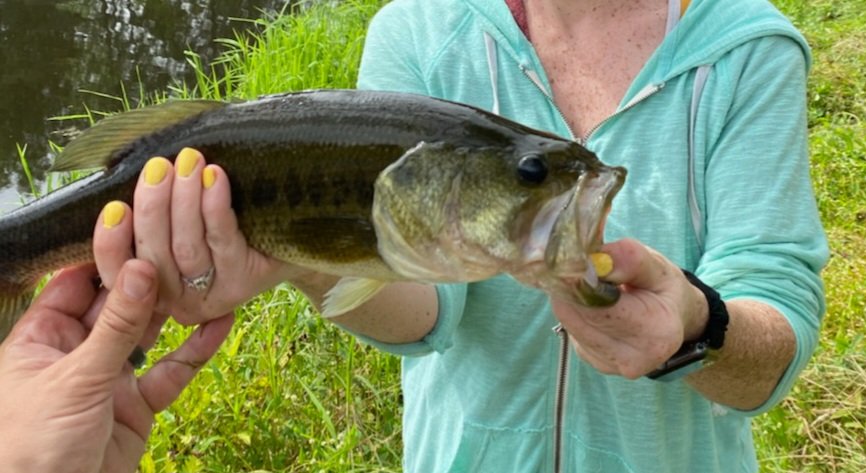Embarking on your bass fishing journey as a beginner can be an exciting and rewarding experience. With the right knowledge, techniques, and gear, you can increase your chances of reeling in that prized largemouth bass. In this beginner’s guide to bass fishing, we’ll explore essential tips, techniques, and gear to help you get started on the water.
Before hitting the water, it’s essential to understand some basic principles of bass fishing:
Understanding Bass Behavior:
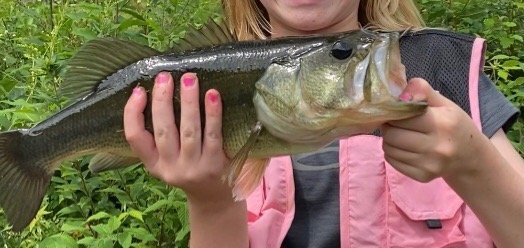
Largemouth bass are known for their predatory nature and often hide in vegetation, fallen trees, or underwater structures. Learning to identify these bass habitats is crucial for successful fishing. Bass are opportunistic feeders, preying on a variety of aquatic creatures including fish, crayfish, frogs, and insects. Their behavior can vary based on factors like water temperature, time of day, and weather conditions, influencing their feeding activity and preferred habitats. Understanding bass behavior is crucial for fisherman seeking to improve their fishing success, as it helps them predict where bass are likely to be and what techniques are most effective for enticing strikes.
Seasonal Patterns:
Bass behavior changes throughout the year, influenced by factors like water temperature, spawning seasons, and food availability. Understanding seasonal patterns can help you determine the best fishing techniques for each season. During the spring, bass are often found in shallow waters near spawning areas, making them more accessible to anglers using techniques like flipping and pitching. In the summer, bass tend to move to deeper waters or seek cover in shaded areas to escape the heat, requiring anglers to adjust their tactics and target specific structures such as submerged vegetation and offshore structures. Fall brings about changes in bass behavior as they actively feed in preparation for the upcoming winter months, making it an ideal time for topwater and reaction bait fishing. Finally, winter presents challenges as bass become less active and seek out deeper, slower-moving waters, prompting anglers to employ finesse techniques and target areas with minimal current and warmer water temperatures.

Patience and Persistence
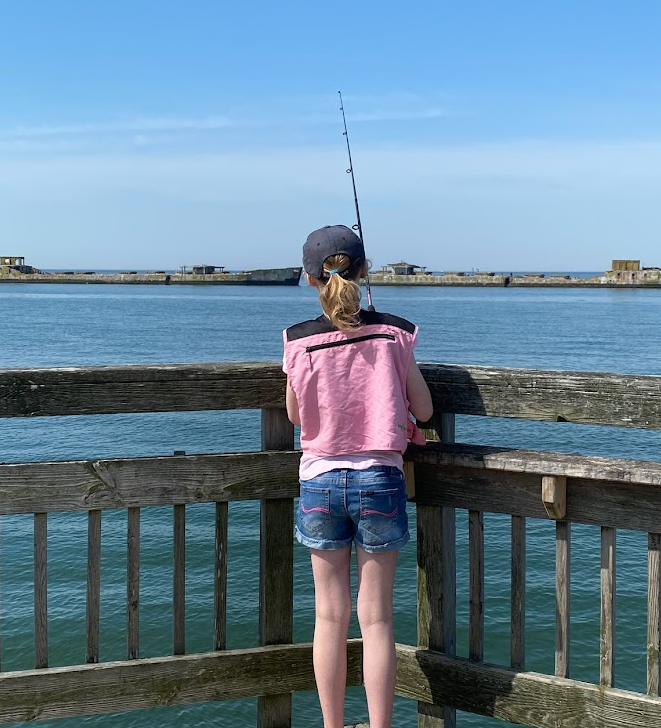
Bass fishing requires patience and persistence. Be prepared to spend time on the water, experimenting with different techniques and adjusting your approach based on the conditions. Bass are known for their unpredictable behavior, requiring you to remain patient while waiting for bites. It often takes time to locate active fish and determine the most effective presentation techniques. Persistence is key when faced with challenging conditions or slow fishing days, as consistently trying different baits, techniques, and locations increases the likelihood of success.
This article contains affiliate links to Amazon. We will make a small commission if you purchase from these links.
Bass Fishing Techniques:
Mastering various fishing techniques can significantly improve your success rate when targeting bass:
Casting and Retrieving
Practice casting accurately to specific targets such as shoreline cover, submerged structures, or open water areas where bass may be lurking. Experiment with different retrieval speeds and pauses to entice strikes.
Topwater Fishing
Topwater lures like poppers, frogs, and buzzbaits can be effective for targeting bass in shallow waters, especially during the early morning or late evening when bass are more active near the surface.
Soft Plastic Baits
Texas rigging soft plastic baits like worms, crawfish, or creature baits is a versatile technique for targeting bass in various cover types. Mastering the presentation and subtle movements of soft plastics can yield impressive results.
Essential Gear for Bass Fishing:
Having the right gear can enhance your bass fishing experience and increase your chances of success:
Fishing Rod and Reel
Choose a medium to medium-heavy spinning or baitcasting rod and reel combo suitable for bass fishing. Match the rod and reel to the fishing techniques you plan to use.
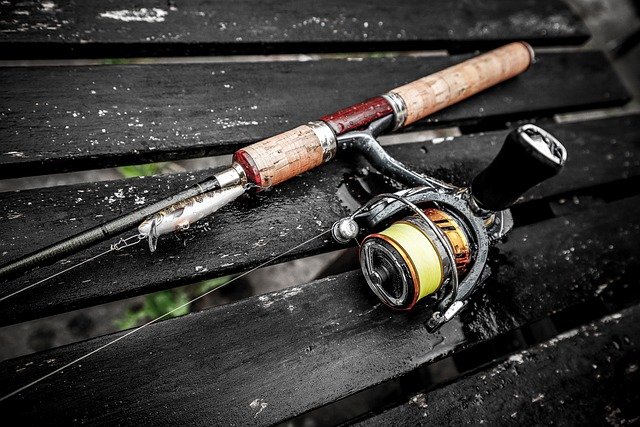
Fishing Line:
Opt for high-quality monofilament, fluorocarbon, or braided fishing line with appropriate pound-test strength for bass fishing. Consider the fishing conditions and the type of cover you’ll be fishing around.
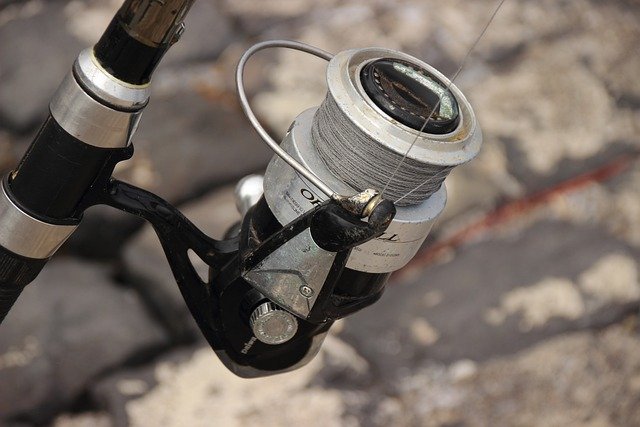
Bass Lures and Bait
Stock your tackle box with a variety of bass lures and baits, including crankbaits, spinnerbaits, jigs, soft plastics, and topwater lures. Experiment with different colors, sizes, and presentations to find what works best in different conditions.
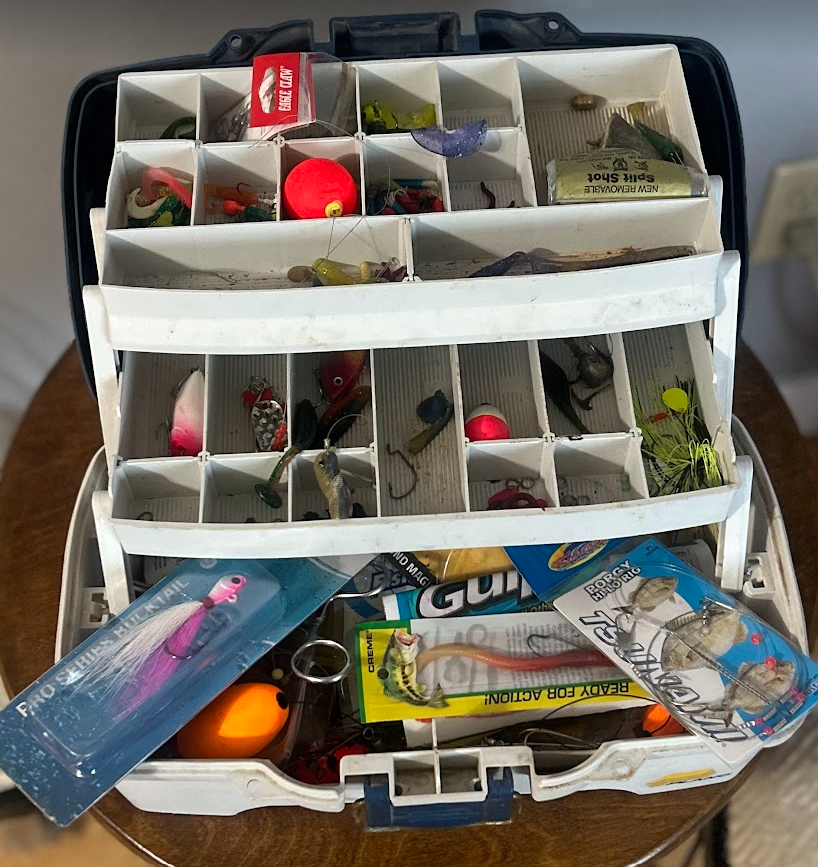
Conclusion
As a beginner, diving into the world of bass fishing can be both exciting and challenging. By understanding bass behavior, mastering essential fishing techniques, and equipping yourself with the right gear, you can increase your chances of success on the water. Remember to practice patience, be persistent, and enjoy the thrill of the chase and catch.
Check out our other blogs if you enjoy fishing!
Best Fishing Apparel for Her Must Have Salmon Fishing Gear Prime Spots To Salmon Fish in NY

